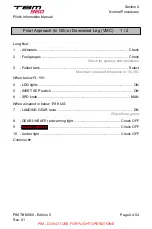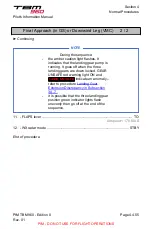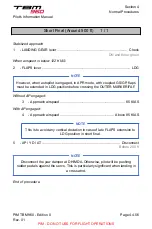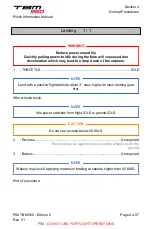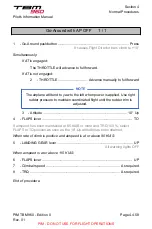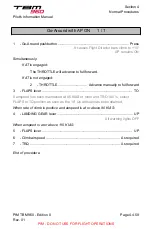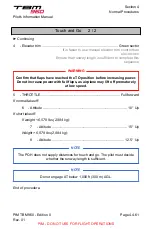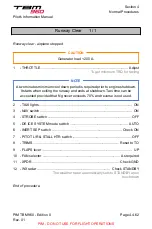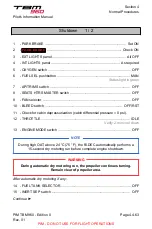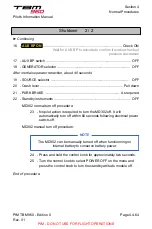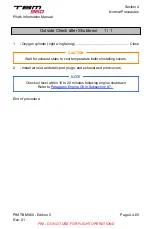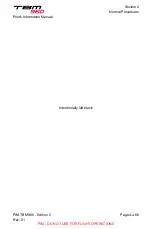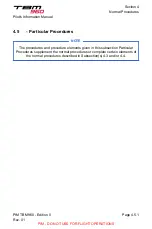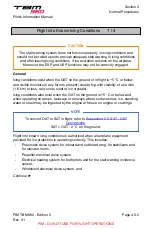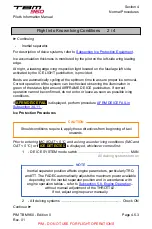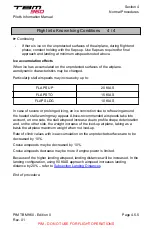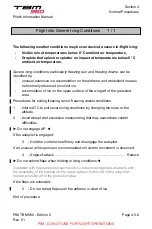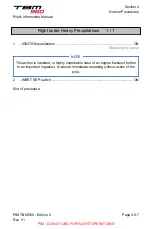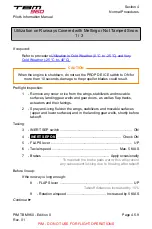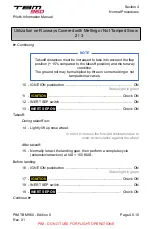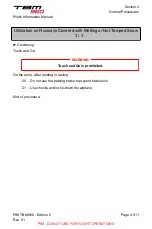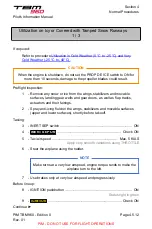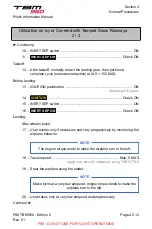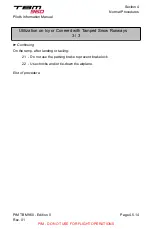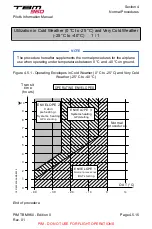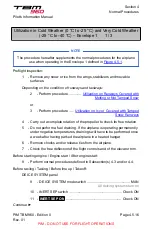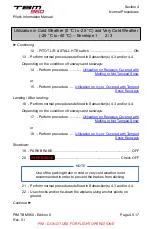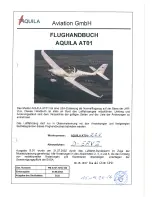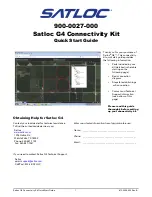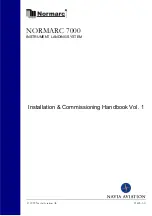
Flight into Known Icing Conditions 1 / 4
CAUTION
The stall warning system does not function properly in icing conditions and
should not be relied upon to provide adequate stall warning in icing conditions
and after leaving icing conditions, if ice accretion remains on the airplane.
Moreover, the ESP and USP functions may not be correctly engaged.
General
Icing conditions exist when the OAT on the ground or in flight is +5 °C or below,
and visible moisture in any form is present (clouds, fog with visibility of one mile
(1.6 km) or less, rain, snow, sleet or ice crystals).
Icing conditions also exist when the OAT on the ground is +5 °C or below and
when operating on ramps, taxiways or runways where surface snow, ice, standing
water or slush may be ingested by the engine or freeze on engine or cowlings.
NOTE
To convert OAT to SAT in flight, refer to
.
SAT = OAT - 2 °C on the ground.
Flight into known icing conditions is authorized when all airplane equipment
provided for ice protection is operating correctly. This includes:
-
Pneumatic deice system for inboard and outboard wing, for stabilizers and
for elevator horns,
-
Propeller electrical deice system,
-
Electrical heating system for both pitots and for the stall warning incidence
sensor,
-
Windshield electrical deice system, and
Continue ►
Pilot's Information Manual
Section 4
Normal Procedures
PIM TBM 960 - Edition 0
Rev. 01
Page 4.5.2
PIM - DO NOT USE FOR FLIGHT OPERATIONS

